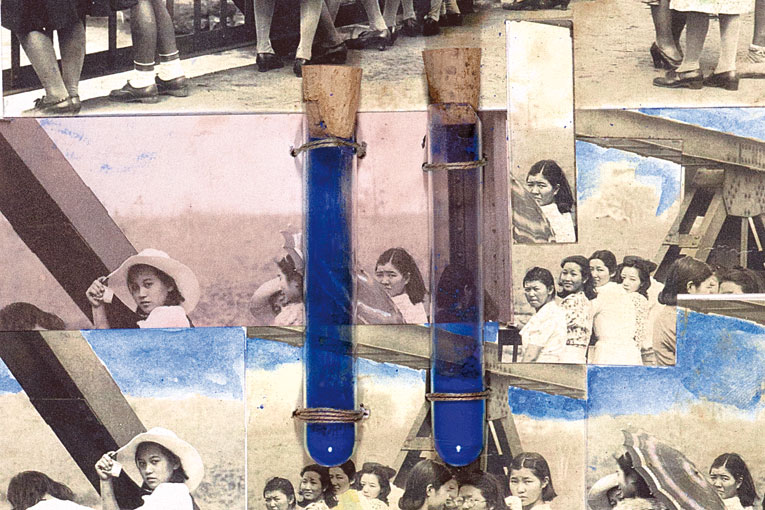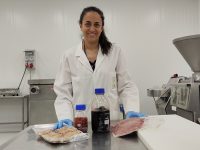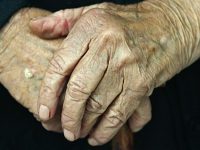
 Carmen Calvo Fragment from One Might Say a Fairy Has Already Been Here!, by Valencian artist Carmen Calvo, the illustration that opened the monograph «Women and Science», in issue 76 of Mètode. |
||
|
«Is it more difficult for women to work in science?» asked the European Commission in an April survey. And we can find the answer in these headlines: «Science discriminates against women» (La Vanguardia, 12/12/13); «Women scientists and technicians earn 30% less than their colleagues» (El País, 17/02/14). They are just a couple of examples among the many we could find in the field of science and research. Both describe inequalities, and both were published in the last months, between December and February. So one century after declaring 8 March as the International Women’s Day, the vindications of those women workers who took the streets of New York in 1857 demanding equality are still valid. No one can deny the presence of women in science and research, but their professional careers do not go as far men’s. Last year the Spanish National Research Council (CSIC) published the report Women Researchers 2013, carried out by the Presidential Advisory Commission «Women and Science» with CSIC’s own data at the end of 2012. The study highlighted some facts: during the training stages, men are 41.68% of the staff and women are 58.32%. Conversely, after their doctorate, the rate changed to 76.67% men and only 23.33% women, in a scissor graph that reflects the loss of women as the scientific career advances. This is not a problem of Spanish science, though. Bibliometrics: Global Gender Disparities in Science, a bibliometric analysis published by Nature in December 2013, confirmed that gender inequality still exists all over the world. The study of 5.4 million documents and review articles revealed that women represent less than 30% of shared authorships. In addition, only one out of every three articles is signed by a woman as the first author. |
«Women represent less than 30% of shared authorships» |
|
|
The report Mujer y Ciencia. La situación de las mujeres investigadoras en el sistema español de ciencia y tecnología (Women and Science. The situation of women researchers in the Spanish science and technology system), published by the Spanish Foundation for Science and Technology (FECYT) and coordinated by Paloma Alcalá, is a clear example of the discriminatory bias that is still present in the scientific system: scientific and sentimental couples. Their study shows that despite sharing family and work, women were pushed to the professional background. «We are talking about men and women with the same training, but the system seems to talk women out of taking a leading role and recognition, similar to their partners’», claims the document. |
«The system seems to talk women out of taking a leading role and recognition» |
|
| Íngrid Lafita. Journalist (Valencia). © Mètode 2014. |
||





